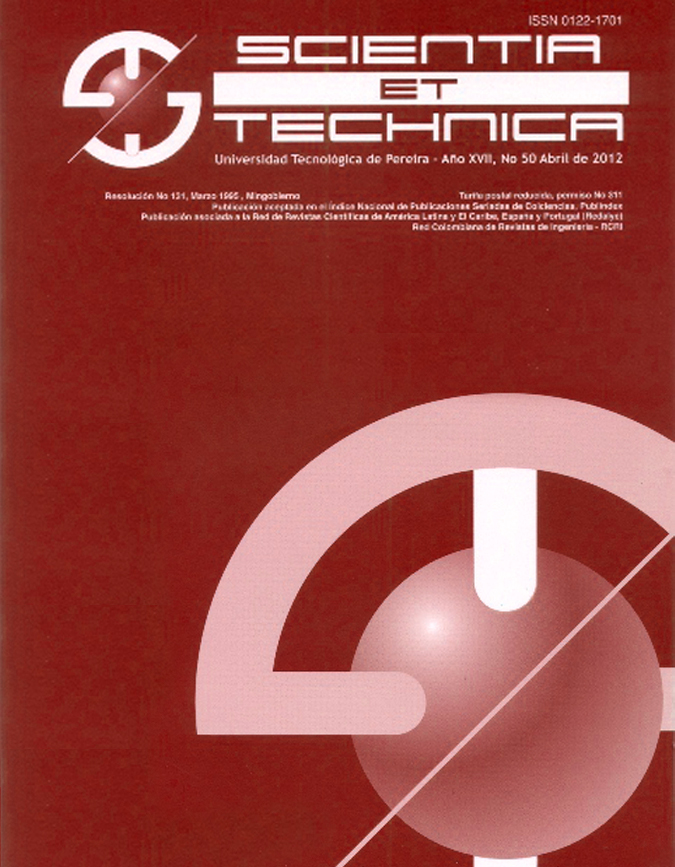ESTIMACION DE ESTADO EN SISTEMAS ELECTRICOS DE POTENCIA: PARTE I DETECCION DE ERRORES GRANDES
Resumen
Este es el primero de dos artículos que examinan el desempeño del estimador de estado en sistemas de potencia. En la parte I, se desarrolla e implementa el método convencional de mínimos cuadrados. Este es tomado como referencia en la parte II, en donde se desarrolla una metodología de optimización combinatorial aplicada al problema de la identificación de medidas erróneas con el fin de mejorar este procedimiento. Para este estudio se selecciona el método de colonias de hormigas. El estimador de estado se encarga de depurar la información que será usada como datos de entrada en otras aplicaciones como son; programas de despacho económico, análisis de contingencias, acciones correctivas de generación y perdidas negras, entre otras. A través de un ejemplo se presenta el procedimiento por medio del cual se identifican medidas erróneas y que servirá para fines comparativos en la parte II.Descargas
Descargas
-
Vistas(Views): 1148
- PDF Descargas(Downloads): 1198
Publicado
Cómo citar
Número
Sección
Licencia
Derechos de autor y licencias
La revista es de acceso abierto gratuito y sus artículos se publican bajo la licencia Creative Commons Atribución/Reconocimiento-No Comercial-Compartir bajo los mismos términos 4.0 Internacional — CC BY-NC-SA 4.0.
Los autores de un artículo aceptado para publicación cederán la totalidad de los derechos patrimoniales a la Universidad Tecnológica de Pereira de manera gratuita, teniendo en cuenta lo siguiente: En caso de que el trabajo presentado sea aprobado para su publicación, los autores deben autorizar de manera ilimitada en el tiempo, a la revista para que pueda reproducirlo, editarlo, distribuirlo, exhibirlo y comunicarlo en cualquier lugar, ya sea por medios impresos, electrónicos, bases de datos, repositorios, discos ópticos, Internet o cualquier otro medio requerido.
Los cedentes mediante contrato CESIÓN DE DERECHOS PATRIMONIALES declaran que todo el material que forma parte del artículo está totalmente libre de derechos de autor de terceros y, por lo tanto, se hacen responsables de cualquier litigio o reclamación relacionada o reclamación relacionada con derechos de propiedad intelectual, exonerando de toda responsabilidad a la Universidad Tecnológica de Pereira (entidad editora) y a su revista Scientia et Technica. De igual forma, los autores aceptan que el trabajo que se presenta sea distribuido en acceso abierto gratuito, resguardando los derechos de autor bajo la licencia Creative Commons Atribución/Reconocimiento-No Comercial- Compartir bajo los mismos términos 4.0 Internacional — CC BY-NC-SA 4.0.
https://creativecommons.org/licenses/by-nc-sa/4.0/
A los autores, la revista Scientia et Technica tiene la obligación de respetarle los derechos morales (artículo 30 de la Ley 23 de 1982 del Gobierno Colombiano) que se les debe reconocen a estos la paternidad de la obra, el derecho a la integridad y el derecho de divulgación. Estos no se pueden ceder ni renunciar.



